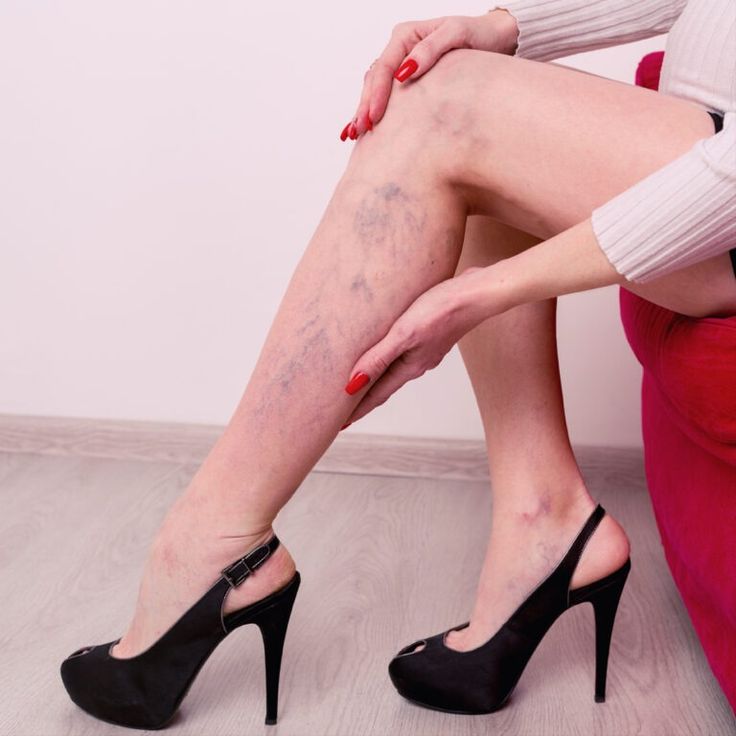
Understanding Varicose Veins and Their Treatments
Varicose veins are a common condition caused by poor blood circulation, leading to **bulging, twisted veins** primarily in the legs. Learn about the causes, symptoms, and effective treatment options.
What Are Varicose Veins?
Varicose veins form when **vein valves malfunction**, causing blood to pool instead of flowing efficiently.
Causes of Varicose Veins
- Genetics: Family history plays a key role.
- Prolonged Standing or Sitting: Restricts blood flow in the legs.
- Obesity: Excess weight adds pressure on veins.
- Hormonal Changes: Pregnancy and menopause affect circulation.
- Aging: Vein elasticity weakens over time.
Symptoms to Watch For
- Bulging, twisted veins visible under the skin.
- Leg pain or heaviness.
- Swelling in the ankles and feet.
- Skin discoloration near affected veins.
- Night cramps or restless legs.
Treatment Options for Varicose Veins
Several treatments can alleviate discomfort and improve appearance.
1. Lifestyle Changes & Home Remedies
- Exercise: Improves circulation and vein strength.
- Elevating legs: Reduces pressure and swelling.
- Wearing compression stockings: Supports veins.
- Healthy weight maintenance: Reduces vein strain.
2. Medical Procedures
- Sclerotherapy: Injection treatment to collapse veins.
- Laser Therapy (EVLT): Uses heat energy to seal affected veins.
- Radiofrequency Ablation: Uses radiofrequency energy to close veins.
- Vein Stripping: Surgical removal of large varicose veins.
3. Natural Remedies
- Essential oils (lavender, peppermint) for soothing leg pain.
- Horse chestnut extract to improve vein function.
- Anti-inflammatory diets rich in berries and omega-3s.
Preventing Varicose Veins
Reduce your risk with **exercise, supportive footwear, and a vein-friendly diet**.
Final Thoughts
Varicose veins are manageable with **lifestyle changes or medical treatments**. Consult a healthcare provider if symptoms worsen.


